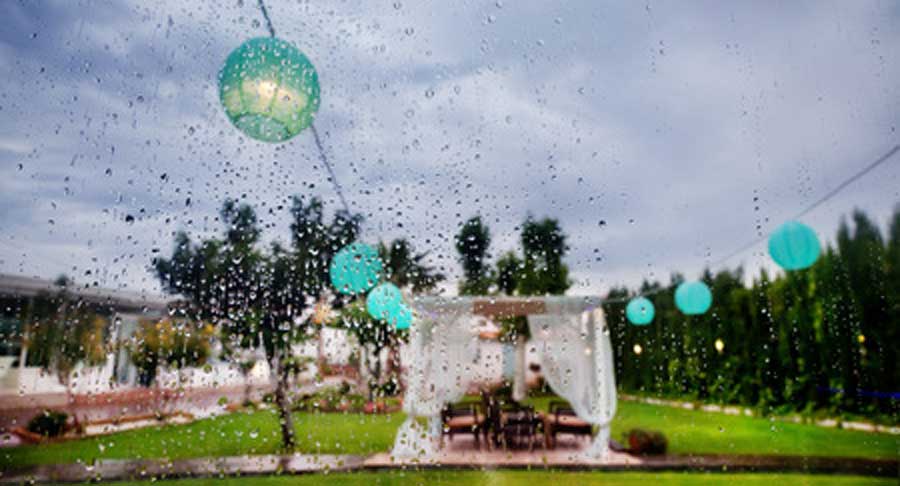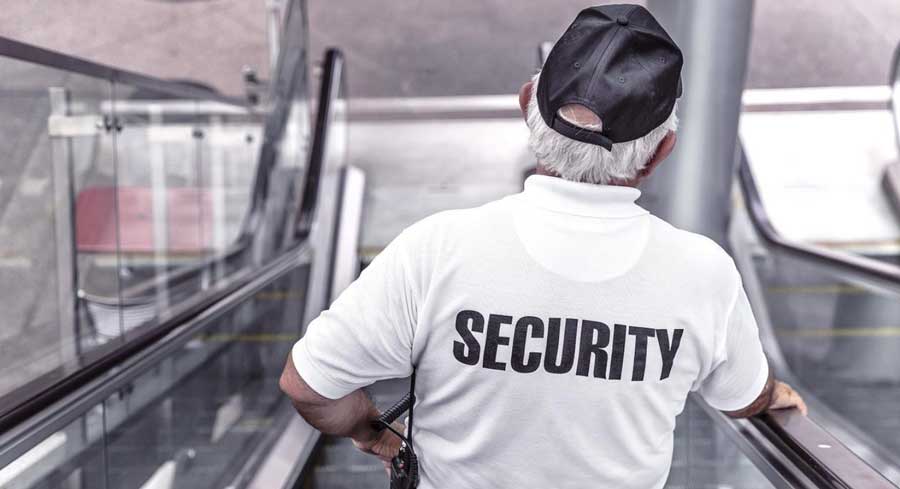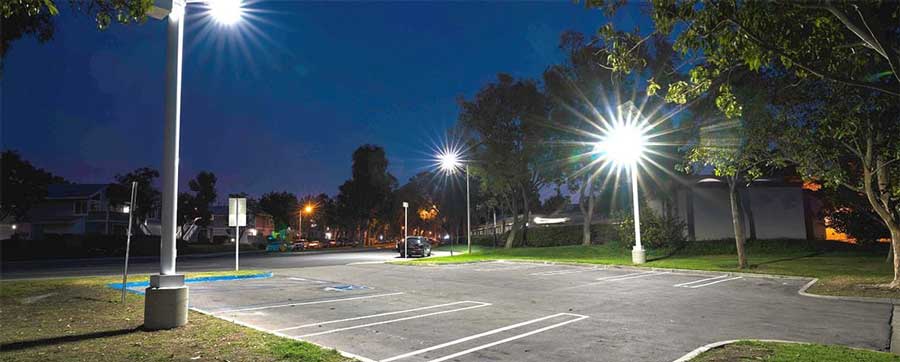5 Tips For Handling Common Security Issues in Event Management
One important part of event planning is risk management. The risks that can fall upon the guests, staff, and performer/talent safety are various, but can be mitigated with advance security planning.
Everything from fire safety to cyberattacks should be considered and included in your planning as you put together your event’s security plan. A thorough risk management plan will assess all the safety threats that exist in terms of their likelihood and severity.
Once this assessment is made, contingency plans can also be put into place to prevent these threats from happening or to minimize the danger if they do.
Your event won’t go perfectly, but you can make sure your event attendees are as safe as possible through the process.
In this article, we consider some common safety measures mostly for events with large audiences. For each, we’ll give you tips on how they can be managed to ensure nearly 100% safety.
1. Plan for Severe Weather; Outdoor and Inside

Indoor event guests are just as vulnerable to the severe weather as outdoor attendees. Wind and lightning storms are the most likely dangers that mother nature can unleash. It can ruin your outdoor atmosphere, or make it dangerous for guests to travel even if the event is inside.
No matter the event venue, you must assess the likelihood of severe weather in the region your event takes place and heavily track weather patterns leading up to your event. If your event is outdoors, always build any staging, event space and equipment with bad weather in mind.
Some regions of the country are more susceptible to severe weather than others, and the weather risks are seasonal. For example, tornadoes and hurricanes are the worst-case scenarios in North America east of the Rocky Mountains, but severe thunderstorms and wind events are just as dangerous.
Unfortunately, you should be prepared to cancel an event if the weather forecast warrants it out of safety for your guests. But regardless of the weather forecast, it’s important to always build your event with safety in mind. Here are some ways you can prepare your event for bad weather:
- All temporary structures and equipment should be sturdy enough to withstand strong wind gusts without being damaged and toppling over, too.
- If outdoors, use a venue that has shelter or can be converted to indoors if needed.
- Provide bad weather accessories complimentary if warrants (ponchos, umbrellas, hats, etc.).
- Provide water drinking stations to keep guests hydrated. Extreme heat can be considered bad weather as well.
2. Hire a Competent Security Team
 The risk of attacks and altercations at events brought on by other people are extremely high, and so security personnel is usually a mandated requirement especially for large events. More people, more issues.
The risk of attacks and altercations at events brought on by other people are extremely high, and so security personnel is usually a mandated requirement especially for large events. More people, more issues.
If you take the time to vet different security contractors for experience working with events of the type your organizing, you’ll ensure that the team you hire will have the skill set needed to handle any safety issues.

A security team that can detect and diffuse problems before they snowball will ensure that your event isn’t marred by incidents that pose a danger to attendees, staff, and performers.
The worst-case scenario for a large audience event is an attack, but the likelihood is very low. Terror attacks are a good example of a very low probability event that must be planned for because of the catastrophic consequences it could have.
If your event is at higher risk, hire a security team with experience planning for such threats, so the event remains as safe as possible. It's always better to be over prepared than under.
3. Provide Ample Lighting

Both indoor and outdoor events can suffer from poor lighting, especially when they take place in the evening after sundown. Lighting serves several safety functions from reassuring that event attendees avoid any accidents caused by lack of light; tripping, falling, being attacked or robbed, etc. No matter what type of event you’re planning, make sure that there are adequate plans for lighting; even on the walk back to the car.
Indoor lighting should also be used to make all safety exists clear and easy to read. The overall brightness should be maintained when day turns to night if your event spans both day and night hours. Walkways leading to entrances, exits, and other facilities should be well lit.
Lighting should also provide a safe working environment for stage crews who set up and tear down equipment. You’ll need to review any local regulations or ordinances to make sure you’re compliant, too.
4. Consider using Crowd-Shaping
Mobile technology has created new ways to manage event audiences once an event begins. Crowd-shaping apps can monitor the crowd density for large event grounds or indoor events with occupancy limits.
Logistics apps can also help manage parking and shuttle transportation for large-scale events with crowds. When traffic or crowd density becomes an issue, these apps can also help you respond by directing security or event managers to the areas that need their attention.
These functions are useful in emergency situations as well since they help you coordinate responses using mobile devices. It’s a good idea to investigate these technology tools and integrate them into your event management plan if they fit your needs.
These apps have also been proven to increase your response time to an incident.
5. Create a Technology Recovery Plan
Some events are more vulnerable to cyberattacks than others, but as technology becomes important both for performances and event management, it’s becoming a requirement to ensure a safe and successful event.
Beyond the possibility of malicious attacks, you also must plan for failures of critical IT equipment or software that would prevent your event from going smoothly. In the business world, these plans are called disaster recovery plans. They cover the gamut of reasons your technology system might fail: Cyberattacks, software glitches, physical sabotage, power failures, fires, and other natural disasters.
When you plan, you can create redundant systems and backups that you can fall back on when your primary system fails.
Final Thoughts
Having a good grip on security risks and issues will ensure that everything goes as planned, which will help you build credibility for future events.
When planning risk management for an event, you must consider a wide range of possibilities that could make your event dangerous for attendees, performers, or staff. Physical safety from crime, weather, and environmental hazards make up a large part of an event’s safety precautions.
As technology becomes essential to event management and performances, you may also need to think about cybersecurity and develop a technology recovery plan. It’ll ensure that you have a backup ready if your technology systems fail.
Author Ashley Wilson
Ashley Wilson is a content creator, writing about business and tech. She has been known to reference movies in casual conversation and enjoys baking homemade treats for her husband and their two felines, Lady and Gaga. You can get in touch with Ashley via Twitter.







